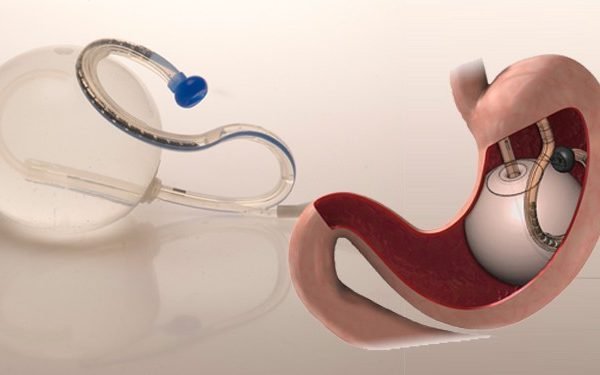Android to iOS: Conquering the Mobile App Market with a Unified Approach

The mobile app market is a lucrative playground for developers and entrepreneurs alike. With millions of users worldwide, Android and iOS platforms dominate the market. Developing apps for both platforms can significantly expand your reach and revenue potential. However, doing so can be a daunting task due to the differences in the two ecosystems.
In this blog post, we’ll explore the benefits of a unified approach to Android and iOS app development and provide insights on how to conquer the mobile app market effectively.
Android and iOS
Before diving into the unified approach, let’s understand why Android and iOS are essential players in the mobile app market.
Android
- Market Share: Android boasts the largest market share globally, making it a must-have platform for any app developer.
- Diversity: Android devices come in various shapes, sizes, and price ranges, ensuring a broad user base.
- Customization: Android allows for greater customization and flexibility in app development.
iOS
- Profitability: Despite a smaller market share, iOS users are known to spend more on apps and in-app purchases, making it a lucrative platform.
- Quality Control: Apple’s strict app review process ensures a certain level of quality and security.
- Engaged Audience: iOS users are often more engaged and loyal to the platform.
Understanding the Mobile App Market
Before delving into the specifics of developing for both Android and iOS, let’s take a moment to understand the significance of these two platforms in the mobile app market.
Android Dominance
Android, developed by Google, holds the lion’s share of the global smartphone market. Its open-source nature has led to a diverse range of devices across various price points, making it accessible to a vast user base. Android’s global market share hovers around 70%, making it a compelling platform for app development.
iOS Elegance
On the other hand, Apple’s iOS, known for its sleek design and premium user experience, caters to a more affluent demographic. While iOS devices constitute a smaller portion of the market, they often lead in terms of user engagement and revenue generation. Developing for iOS can tap into a lucrative audience willing to spend on high-quality apps.
The Unified Approach
A unified approach means developing a single codebase that can run on both Android and iOS devices. This approach offers several advantages:
Cost-Efficiency
Creating two separate apps for Android and iOS can be expensive and time-consuming. A unified approach reduces development costs by sharing code, design elements, and resources between platforms. This not only saves money but also speeds up the development process.
Consistency
A unified app ensures a consistent user experience across different platforms. Users should feel comfortable and familiar with your app, whether they’re using an Android phone or an iPhone. Consistency in design and functionality is crucial for building trust and retaining users.
Easier Maintenance
Maintaining two separate codebases can be a nightmare. With a unified approach, you can fix bugs, implement updates, and introduce new features more efficiently. Any changes made to the shared codebase will reflect on both platforms simultaneously, reducing the risk of inconsistencies.
Faster Time-to-Market
Developing a unified app is faster than building two separate ones. You can launch your app on both Android and iOS application simultaneously, reducing time-to-market and gaining a competitive edge.
Improved Collaboration
A unified approach fosters collaboration among developers, designers, and testers. They can work together on a single codebase, streamlining communication and minimizing conflicts that can arise when managing separate projects.
Building Cross-Platform Apps
To achieve a unified approach, you can explore various strategies for building cross-platform apps. Here are two popular options:
React Native
React Native is a cross-platform framework that allows developers to write code once and deploy it on both Android and iOS. It offers a rich set of pre-built components and a single codebase, making development more efficient.
Flutter
Flutter is another cross-platform framework developed by Google. It uses the Dart programming language and provides a visually appealing user interface with high-performance results. Like React Native, Flutter enables developers to create apps for both Android and iOS with a single codebase.
Conclusion
To sum up, transitioning from Android to iOS as an Android app development company in USA is a strategic move that can open up new opportunities and revenue streams. By understanding the iOS ecosystem, preparing your team, adapting your development process, and effectively marketing your app, you can conquer the mobile app market with a unified approach.
As you embark on this journey, remember that success may not happen overnight. It requires dedication, continuous learning, and a commitment to delivering high-quality apps that cater to the unique needs of iOS users.
So, if you’re ready to expand your horizons and reach a broader audience, take the plunge into iOS app development. By following the strategies outlined in this blog post, you can make a successful transition and establish a strong presence in the iOS app market. Don’t miss out on the immense potential that awaits in the world of iOS development – start conquering it today.
In your pursuit of conquering the mobile app market with a unified approach, remember the importance of adapting to iOS’s unique requirements, fostering collaboration within your team, and staying updated with the latest trends in iOS app development. By doing so, you’ll be well on your way to achieving success in the iOS app ecosystem. Good luck!




